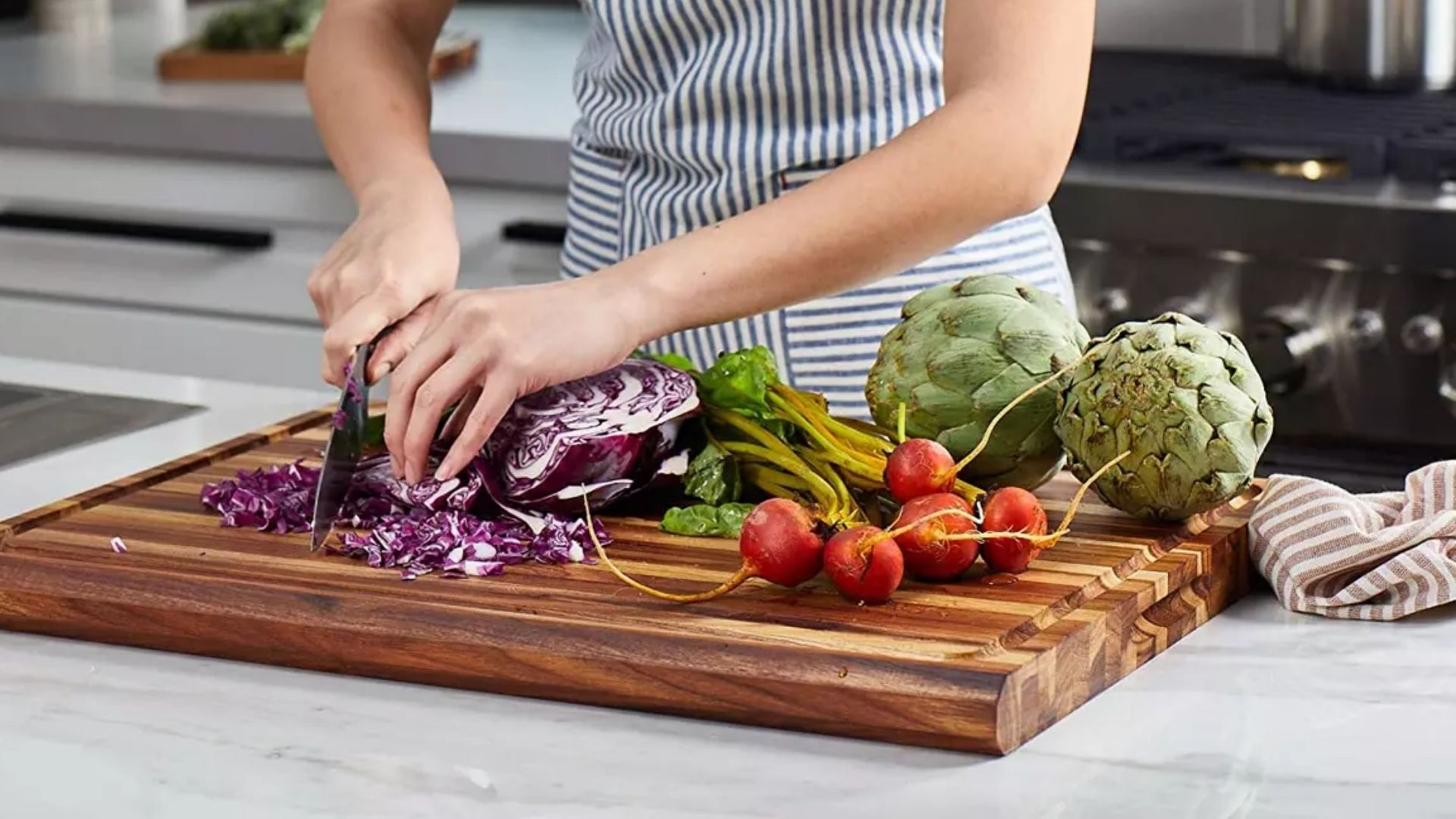Why Is My Cutting Board Turning Black: Prevention and Solutions
Written By James MorganBarbecue enthusiasts often find themselves asking, why is my cutting board turning black? If you're passionate about grilling, you know that proper food preparation is crucial. A blackening cutting board is not just unsightly; it might also pose a hygiene risk. This article delves into the possible reasons behind this issue, offering tips to prevent it and solutions to rectify the problem.

The Anatomy of a Cutting Board
Before tackling the 'why', it's important to understand the basic structure of a cutting board. Popular among barbecue enthusiasts, wooden cutting boards are often the primary culprits when it comes to blackening. Wooden boards, unlike plastic or composite types, are porous, which means they absorb moisture, juices, and even bacteria.
Moisture Retention
When you clean your cutting board, it's likely to retain some moisture. If not allowed to dry properly, this moisture can seep into the wood, creating a conducive environment for mold and bacteria to thrive. This microbial growth can contribute to the black color on your board.
Bacterial Growth
Using a cutting board for raw meats, especially chicken, can introduce bacteria like Salmonella and E. coli to the surface. If the board isn't thoroughly cleaned and sanitized after each use, these bacteria can multiply, leading to discoloration over time.

Prevention Techniques
Now that you know what causes your cutting board to blacken, let's discuss some preventive measures:
Proper Cleaning and Drying
After each use, scrub your cutting board with hot soapy water. Dry it immediately with a clean towel and leave it standing upright to ensure all surfaces air dry completely. For a deeper clean, sprinkle coarse salt on the board and scrub with a halved lemon. This method not only cleans but also deodorizes your board.
For more detailed tips, read our article on Maintaining Wooden Cutting Boards.
Regular Oiling
Regularly oiling your cutting board helps form a barrier that prevents moisture from seeping in. Use food-grade mineral oil and apply it in the direction of the wood grain. Allow the board to absorb the oil overnight before wiping off any excess.
Avoid Cross-Contamination
Reserve separate cutting boards for different types of food. For instance, have one for raw meats and another for vegetables. This practice reduces the risk of cross-contamination and bacterial growth.
Learn more about reducing cross-contamination in our article on Sanitary Cutting Board Practices.

Solutions to Fix a Blackened Cutting Board
If your cutting board has already turned black, don't worry; you might still be able to salvage it.
Sanding
You can use fine-grit sandpaper to remove the top layer of the cutting board, which usually holds most of the discoloration. Sand in the direction of the wood grain and be sure to remove all blackened spots. Clean the board thoroughly afterward and apply food-grade mineral oil.
Using Vinegar and Baking Soda
Create a paste using equal parts baking soda and water and scrub it into the cutting board. For a stronger cleaning solution, spray some white vinegar onto the board after applying the paste. Let it sit for 5-10 minutes before scrubbing and rinsing.
Check out Real Simple's Cleaning Guide for more tips.
FAQs
How often should I oil my cutting board?
Oil your cutting board once a month or whenever it appears dry. Regular oiling helps to create a moisture barrier.
Can blackened areas on a cutting board cause health issues?
If the blackened areas are due to mold or bacteria, they can pose health risks. Always ensure thorough cleaning and maintenance to avoid issues.
Is it safe to use bleach on a wooden cutting board?
It's generally not recommended to use bleach on wooden cutting boards as it can damage the wood. Instead, opt for natural cleaners like vinegar or lemon juice.
For more information on how to maintain and clean your cutting board, feel free to visit our blog on Cutting Board Oils.
As an Amazon Associate, I earn from qualifying purchases.



